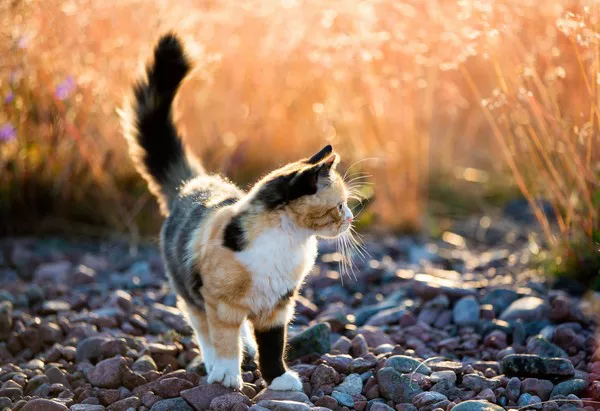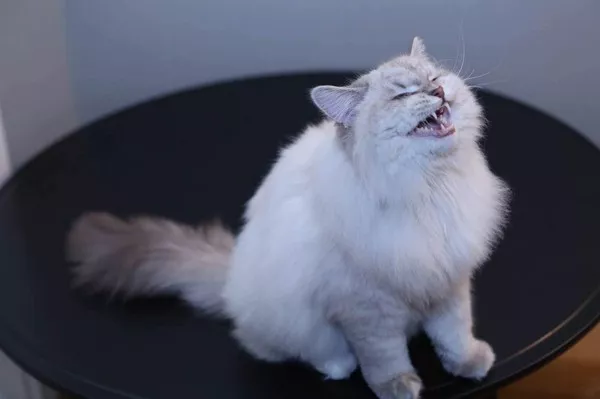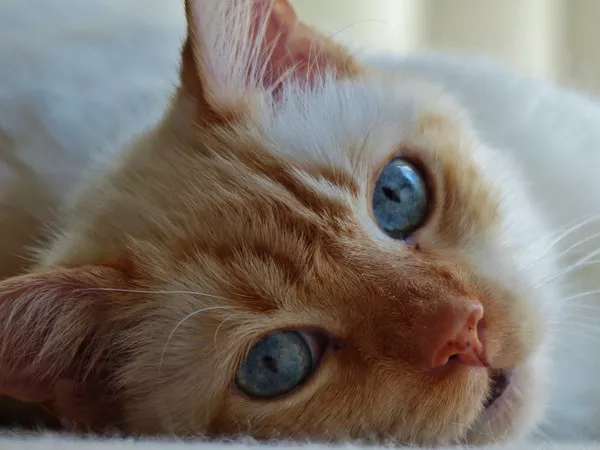Calico cats, with their striking coat patterns of white, orange, and black, have long captivated the hearts of cat lovers around the world. Renowned for their unique and vibrant appearance, calico cats are often the subject of fascination and curiosity. Among the many questions that arise about these multicolored felines, one common inquiry stands out: do calico cats change color? In this comprehensive article, we delve into the intricacies of calico cat genetics, coat patterns, and potential color variations to shed light on this intriguing topic.
Understanding Calico Coat Patterns: Genetics at Play
Before exploring whether calico cats change color, it’s essential to understand the genetic basis of their distinctive coat patterns. Calico cats, also known as tri-color or tortoiseshell-and-white cats, exhibit a combination of white fur along with patches of orange and black (or sometimes gray) fur. These patches are irregularly distributed across the cat’s body, creating a mosaic-like pattern that is unique to each individual.
Genetic Determinants: The coat colors of calico cats are determined by a complex interplay of genetic factors, primarily involving the X chromosome. Female cats typically possess two X chromosomes (XX), while male cats have one X and one Y chromosome (XY). The gene responsible for coat color, known as the O gene, resides on the X chromosome.
X Chromosome Inactivation: In female cats, a fascinating phenomenon known as X chromosome inactivation occurs during embryonic development. This process randomly silences one of the X chromosomes in each cell, resulting in patches of fur with different coat colors. The randomness of X chromosome inactivation contributes to the unique and diverse coat patterns observed in calico cats.
Orange and Black Colors: The presence of the orange coloration in calico cats is attributed to the expression of the O gene, which codes for the production of orange pigment (pheomelanin). In contrast, the absence of the O gene results in the expression of black or gray pigment (eumelanin), giving rise to patches of black or gray fur in calico cats.
Stability of Coat Color: Factors to Consider
While the distinctive coat patterns of calico cats remain relatively stable throughout their lives, there are certain factors that may influence the appearance of their fur over time.
Age and Development: During the early stages of kittenhood, the coat colors of calico cats may appear less defined or intense compared to adult cats. As kittens mature and their fur grows in, the distinct patches of orange, black, and white become more pronounced and defined. However, the overall pattern and distribution of colors typically remain consistent.
Sunlight Exposure: Prolonged exposure to sunlight can potentially cause fading or bleaching of a calico cat’s fur over time. The UV radiation in sunlight can break down pigments in the fur, leading to a gradual lightening or alteration of coat colors. While this effect may be more noticeable in cats with predominantly dark fur, it can also affect the intensity of orange and black patches in calico cats.
Health and Nutrition: The overall health and nutritional status of a calico cat can also impact the condition and appearance of its coat. A balanced diet rich in essential nutrients, vitamins, and minerals is essential for maintaining healthy fur and vibrant coat colors. Cats with poor nutrition or underlying health issues may experience changes in coat quality or coloration.
Conclusion: Celebrating the Beauty of Calico Cats
In conclusion, the captivating coat patterns of calico cats are a testament to the intricate workings of genetics and the marvels of nature. While calico cats do not undergo drastic changes in coloration over time, factors such as age, sunlight exposure, and health can influence the appearance of their fur to some extent.
As admirers and enthusiasts marvel at the vibrant hues and mosaic-like patterns of calico cats, it’s essential to appreciate the beauty and uniqueness of each individual. Whether adorned with bold patches of orange, black, and white or subtle variations in color intensity, calico cats enchant us with their charm, personality, and unmistakable allure.
While the question of whether calico cats change color may intrigue us, the enduring fascination and admiration for these multicolored felines remind us of the wonder and diversity of the animal kingdom. In the mosaic of life, calico cats stand as vibrant symbols of beauty, complexity, and the enduring bond between humans and their feline companions.
FAQs:
1. Why are calico cats so special?
Calico cats are special due to their unique coat patterns, which consist of three distinct colors: white, black, and orange (or variations of these colors). These cats are predominantly female, as the genes responsible for their coat pattern are linked to the X chromosome. Calicos are often revered for their striking appearance and are considered symbols of good luck and fortune in many cultures.
2. What color is a true calico cat?
A true calico cat has a coat pattern that includes patches of white, black, and orange (or variations of these colors). The distribution of these colors can vary widely, creating a visually striking and unique appearance. Calico cats are known for their distinct tri-color coat pattern, which sets them apart from other feline breeds.
3. Why is my cat’s fur changing color?
Changes in a cat’s fur color can be attributed to various factors, including age, health, and environmental influences. For example, as a kitten matures, its coat color may change or become more pronounced. Additionally, exposure to sunlight and changes in diet or hormonal fluctuations can also affect a cat’s fur color. If you notice significant changes in your cat’s fur color or texture, it’s advisable to consult with a veterinarian to rule out any underlying health concerns.


























